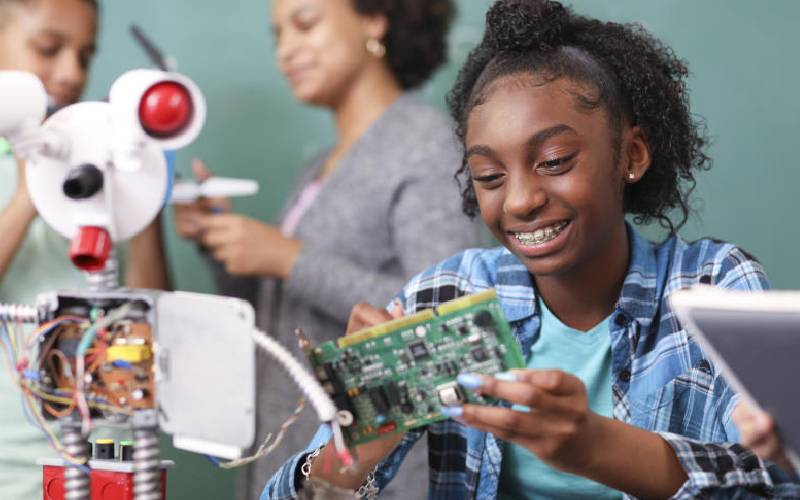×
The Standard e-Paper
Informed Minds Prefer The Standard

A teenage girl in Junior high school works on building a robot in a technology class. [Getty Images]
Would Albert Einstein, the German-born theoretical physicist whose genius eternally changed the way we view space and time, have made his discoveries if he were in the age of computers?